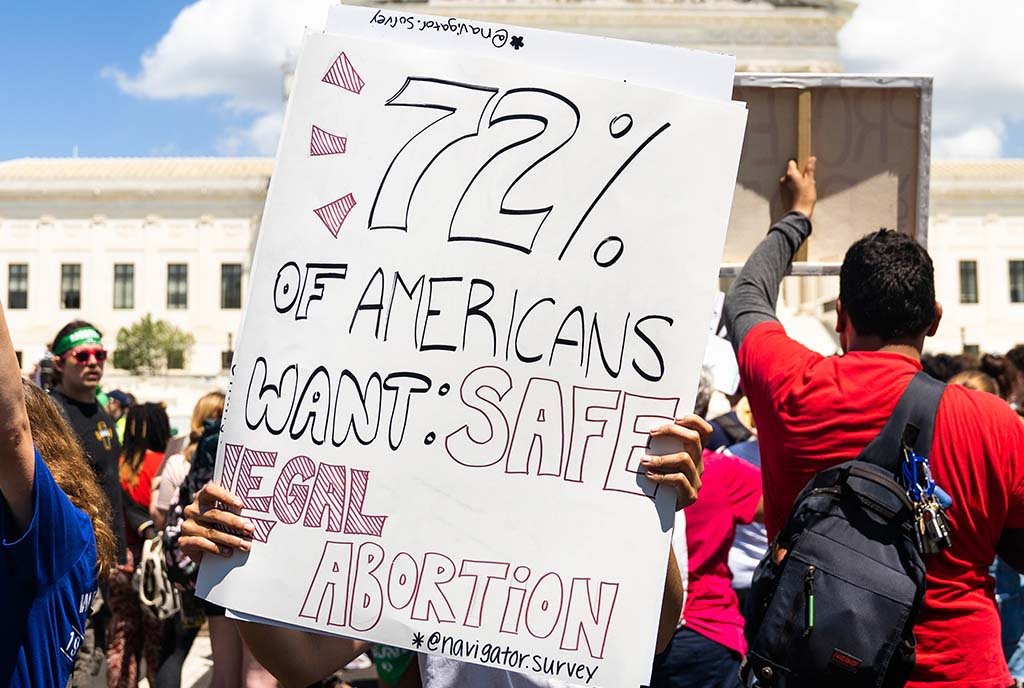
June 6, 2016; Guardian
The last five years have seen an unprecedented increase in anti-abortion legislation—not only efforts to limit women’s access to abortion services, but also bills that seek to ban the procedure altogether. Some of the more notable bills include an Oklahoma bill that would make performing an abortion a felony, and a recent Louisiana bill that would ban the safest method of abortion for women in their second trimester of pregnancy. Politicians and anti-abortion groups are finding every loophole to prevent women from receiving the abortion services they are entitled to by federal law.
Under these restrictive circumstances, it is no wonder that a growing number of women are attempting to terminate unwanted pregnancies on their own. In fact, according to economist Seth Stephens-Davidowitz, in 2015 there were 119,000 Google searches for the phrase “how to have a miscarriage.” When taking into account other variations of the same phrase or “how to self-abort,” there were over 700,000 Google searches.
A growing number of abortion providers and activists believe this recent increase in at-home abortion attempts is a direct result of restrictive legislation and inability to access abortion services in a medical environment. When Stephens-Davidowitz analyzed state-level Google searches, he found that of the ten states with the highest search rates, eight are considered to be hostile or very hostile to abortion as rated by the Guttmacher Institute.
Sign up for our free newsletters
Subscribe to NPQ's newsletters to have our top stories delivered directly to your inbox.
By signing up, you agree to our privacy policy and terms of use, and to receive messages from NPQ and our partners.
Unfortunately, a Google search does not indicate that these individuals actually attempted to induce an abortion. That data is much harder to obtain. Results from a Texas Policy Evaluation Project in 2015 indicate that somewhere between 100,000 and 240,000 women of reproductive age in Texas have attempted to end a pregnancy on their own. While this research offers some information, it relies on self-reporting. With the stigma attached to abortion, it is possible that some women who were surveyed did not answer honestly. Furthermore, this data does not give us insight into whether this number has changed over time.
As researchers continue to search for accurate numbers to help bring about policy change, it seems like common sense that as it becomes more and more difficult for women to obtain abortion services, the at-home abortion trend will only increase. Placing hoop after hoop in front of women who want an abortion doesn’t mean they will not terminate their unwanted pregnancies. On the contrary, rather than receiving a medical procedure in the appropriate environment, they will turn to potentially dangerous methods that risk the life of the mother as well as end the pregnancy.
Peg Johnston, an abortion provider for nearly three decades and chair of the Abortion Care Network, is contacted monthly by women who are seeking help or more information on at home abortions. She says, “You can hear that desperation when you talk to them. Women who are pregnant and don’t want to be are desperate. They will do pretty much anything.”—Sheela Nimishakavi













